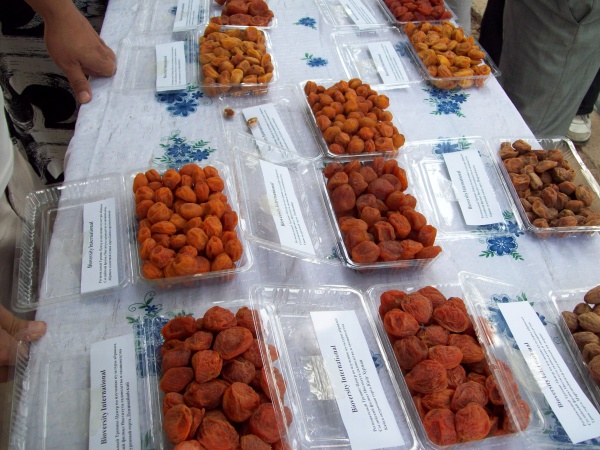Facts About Dried apricot
Dried apricots have been savored for centuries, with a captivating history behind them. These delectable treats can be treated with sulfur dioxide to preserve their bright color. In contrast, organic ones, which are not treated, tend to be darker and have a coarser texture. Typically, the lighter the apricot, the higher its sulfur dioxide content.
Historically, apricots have been cultivated in Central Asia and were highly prized along the Silk Road for their long shelf life. They were popular in ancient empires such as the Ottoman, Persian, and Russian. Today, Turkey is the leading producer of dried apricots, with the Malatya Province accounting for approximately 95% of the country's production.
The method of drying apricots varies by region. Smaller apricots are generally dried whole, while larger ones are halved and dried without the pit. Nutritionally, dried apricots are rich in carotenoids (vitamin A) and potassium. They are also an excellent source of fiber, which can aid in alleviating constipation. Additionally, they're low in sugar and have a low glycemic index, making them a healthy snack choice. In Turkey, dried apricots are required to maintain a maximum moisture content of 25%.

 Turkey
Turkey